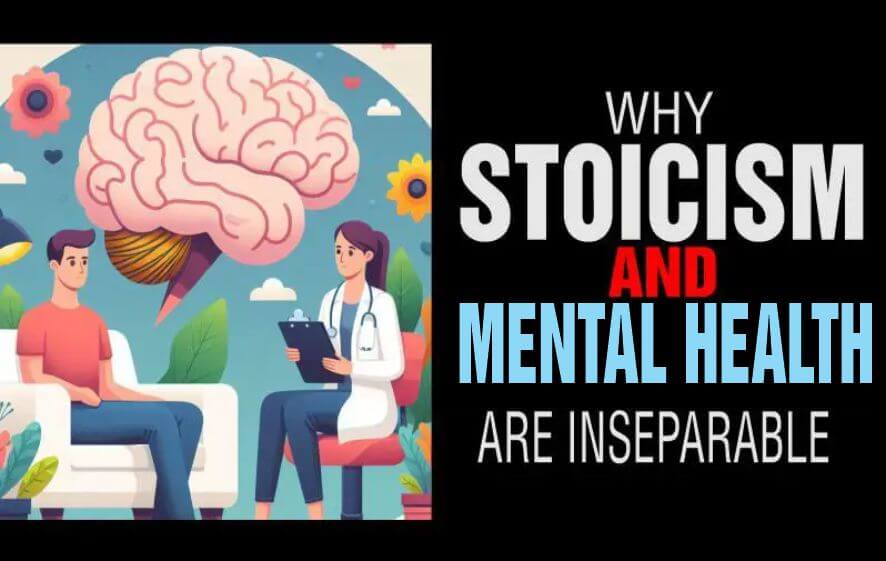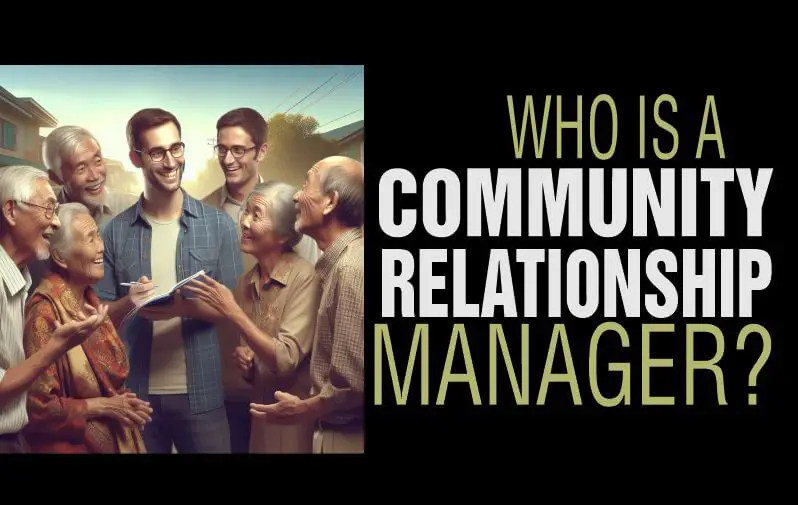… a hub of resources for self-discovery, life mastery, and empowering people and society on the conducts of life.

Welcome to The Conducts of Life
I warmly welcome you to our website. At “The Conducts of Life,” we nudge your consciousness on the principles of life, its mastery, ethical decision-making and living, and personal development.
Our mission is to empower you and society to navigate life’s complexities with wisdom, integrity, and resilience.
We promote a deeper understanding of the human experience and how you fit in within society.
We will cover the following areas throughout this website:
Mastery and Navigating Life with Purpose

Life Mastery is the art of gaining control over your life, making conscious choices, and taking responsibility for personal growth and development.
Through our insightful articles and resources, we aim to guide you on a transformative journey toward mastering the conducts of your life, cultivating resilience, and leading a purposeful and fulfilling life.
Understanding and Managing Emotions

Emotional intelligence is a key component of conducting your life properly.
Our content emphasizes the importance of self-awareness, empathy, and emotional regulation, providing practical strategies for enhancing emotional intelligence and harmonious relationships with yourself and others.

When you are more self-aware, you can make conscious choices aligned with your true self, enabling you to lead a fulfilling life.
Moreover, being self-aware encourages personal growth and development, as it allows you to identify areas for improvement and take appropriate actions.
Resilience & Bouncing Back from Adversity

Resilience is the ability to bounce back from setbacks, adapt to change, and thrive in the face of adversity.
We provide resources to help you cultivate Stoicism, overcome challenges, and build the strength and determination needed to navigate life’s ups and downs with grace and courage.
By developing resilience, you become better at conducting your life, and better equipped to handle stress, setbacks, and failures, leading to improved mental health and overall well-being.
Setting and Achieving Goals

Goal-setting is a powerful tool for personal growth and achievement.
Mastering your life involves setting clear, meaningful, and achievable goals in various areas of life.
Setting specific, measurable, attainable, relevant, and time-bound (SMART) goals provides you with a sense of direction, motivation, and purpose.
It encourages a growth mindset and encourages you to constantly challenge yourself and strive for continuous improvement.
Efficient Time Management

Of course, you know that time is a precious resource, and mastering its management is crucial for personal and societal success.
While you might not be fully conscious when your time is wasted by minutes or seconds, it dawns on you when you think of it in accumulated months and years.
Effective time management involves prioritizing tasks, avoiding procrastination, delegating responsibilities when necessary, and maintaining a healthy work-life balance.
Nurturing Meaningful Connections

Understanding the dynamics of people and society is crucial for ethical living and personal growth.
Our articles cover people and society, the impact of cultural diversity, social relationships, and your role in contributing to a more ethical and harmonious society.
Leadership and Communication

Effective leadership and communication are vital for promoting positive change and ethical influence in the conducts of life.
We inspire those in you to empower your conducts in society, at any level and wherever you find yourself.
Stay with us at The Conducts of Life to receive constant tips on life management and mastery so we can collectively work towards conducting our lives and creating a better, empowered society.
- Women’s Intuition: How Powerful Can It Be?
- Witty Banter: The Art Of Clever Conversations
- Why You Should Trust Your Instincts In Relationships
- Why You Should Stop Chasing The Alpha Male Status
- Why You Are Being Exploited in A Romantic Relationship
- Why Vulnerability is Key for Alpha Males And Masculinity
- Why The World Needs More Stoic Men
- Why Stoicism And Mental Health Are Inseparable
- Who Is A Community Relationship Manager?








